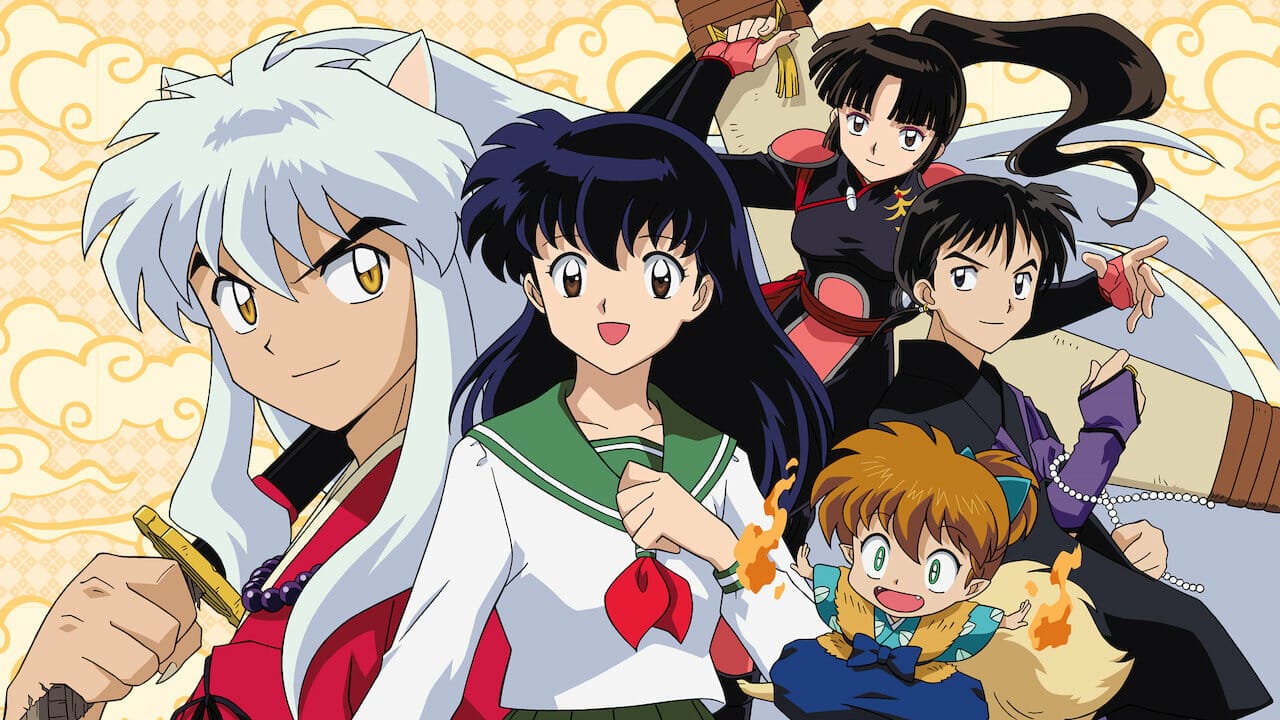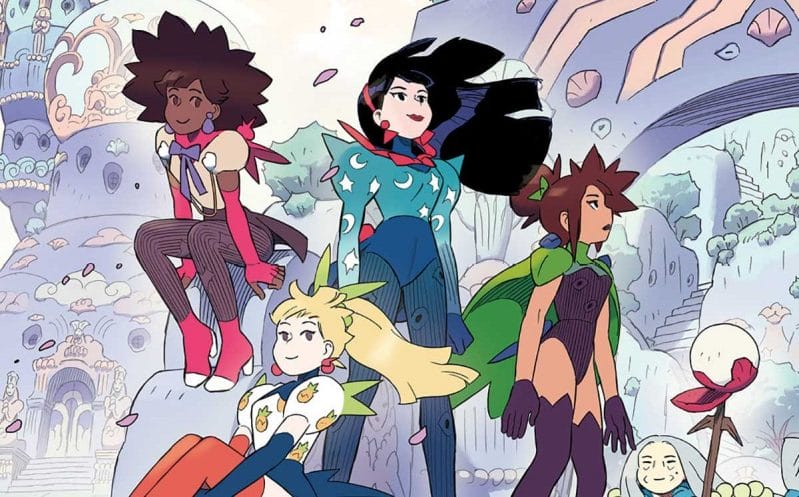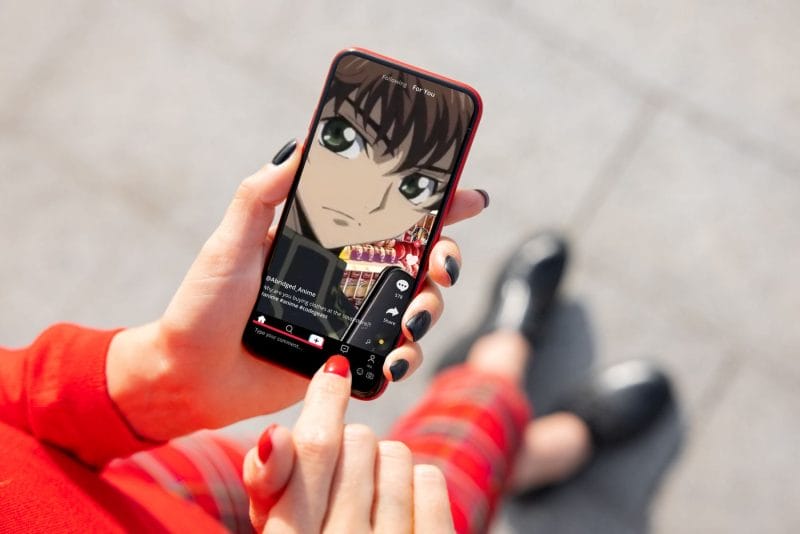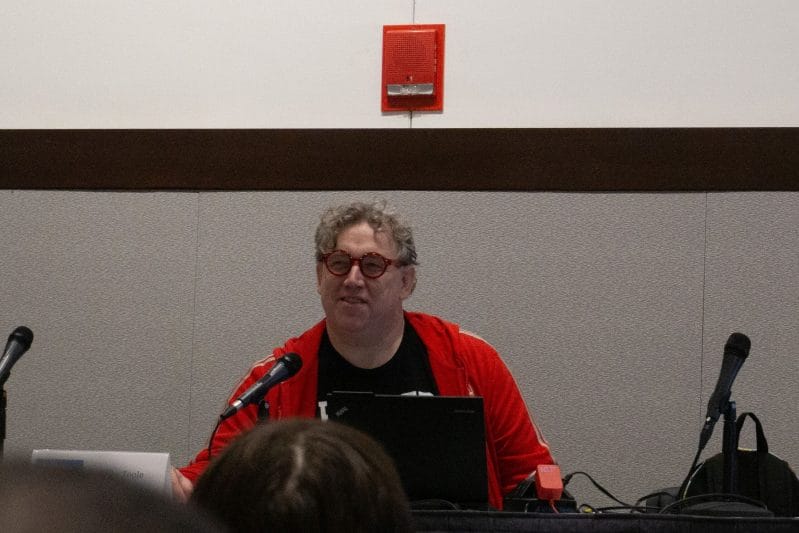In a previous article, I took a look at Rumiko Takahashi’s first major work, Urusei Yatsura. The manga focused on the daily shenanigans of Ataru Moroboshi and Lum, who must deal with regular extraterrestrial encounters (Lum being an alien herself).
Takahashi continued writing after Urusei Yatsura concluded. Her subsequent manga, like Maison Ikkoku and Ranma ½, all achieved success at the newsstand. In 2018, she was recognized by her peers when she was inducted into the Eisner Hall of Fame. One of these works, Inuyasha, became Takahashi’s second most commercially-successful work (behind Ranma ½), selling more than 45 million copies.
InuYasha revolves around Kagome Higurashi, a middle school student who lives at a shrine in Tokyo. She discovers that a well on her family’s property connects to the Sengoku period, where yōkai reside. While in the past, Kagome discovers that she is a reincarnation of the priestess Kikyo, who perished after seemingly piercing the eponymous half-yōkai Inuyasha with an arrow. She accidentally shatters the Shikon no Tama jewel, a powerful artifact that bestows enormous power on whomever carries it while fighting off a large crow-like yōkai. The shards from the gem are subsequently scattered across the country.
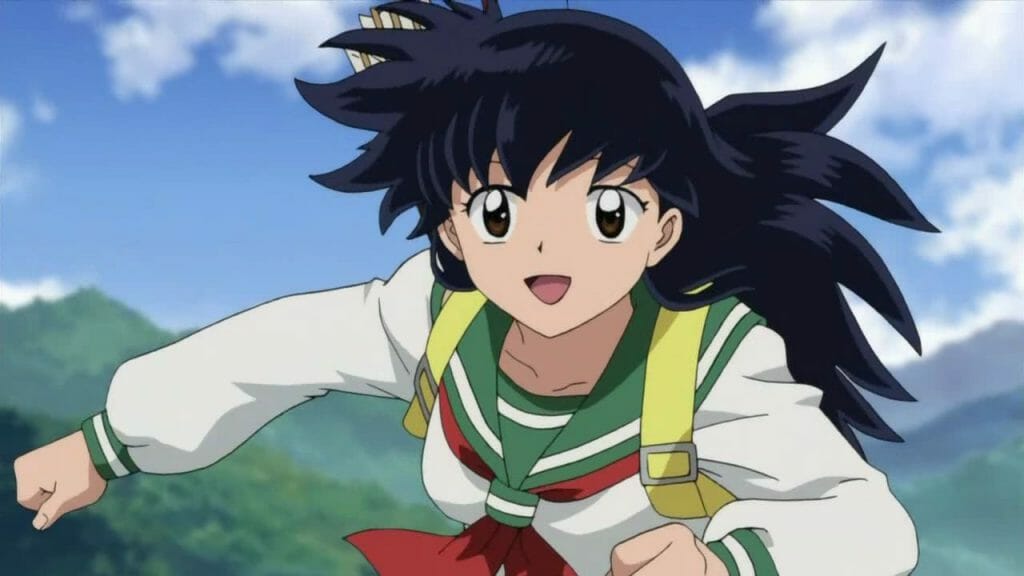
The jewel’s accidental shattering means numerous small shards now exist, each with their own power that can be absorbed by anyone who discovers them. Kagome and the newly-awakened Inuyasha must now search the country for the shards, so that they can restore the Shikon no Tama. As the two hunt for the fragments, they encounter numerous yōkai who also wish to possess the jewel.
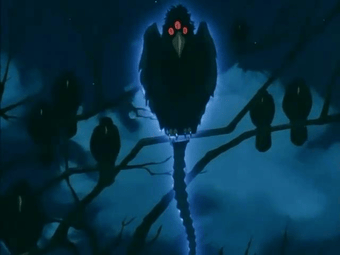
Most of these beings appear humanoid, though some, like Shibugarasu, the crow-like demon who was the last to possess the jewel in its entirety, do buck the trend.). Many such yōkai do not last for more than a single episode of the anime. For example, the third episode features Yura, who possesses the ability to fight with her hair, as well as with a sword known as Benigasumi. She only lasts for two episodes, as Kagome is able to destroy the red comb Yura carries with her. A similar fate befalls Urasue, an oni who wishes to revive Kikyo in order to recover the Shikon no Tama shards for herself.
Two of InuYasha’s more memorable early episodes involve the Thunder Brothers, Hiten and Maten. The two are prideful yōkai who desire greater strength, in order to subjugate others. They display a callous indifference to human women, in particular. In episode nine, the duo kidnaps attractive women as a source of sexual gratification and food, and go as far as to murder the father of the young kitsune Shippō for a jewel shard.
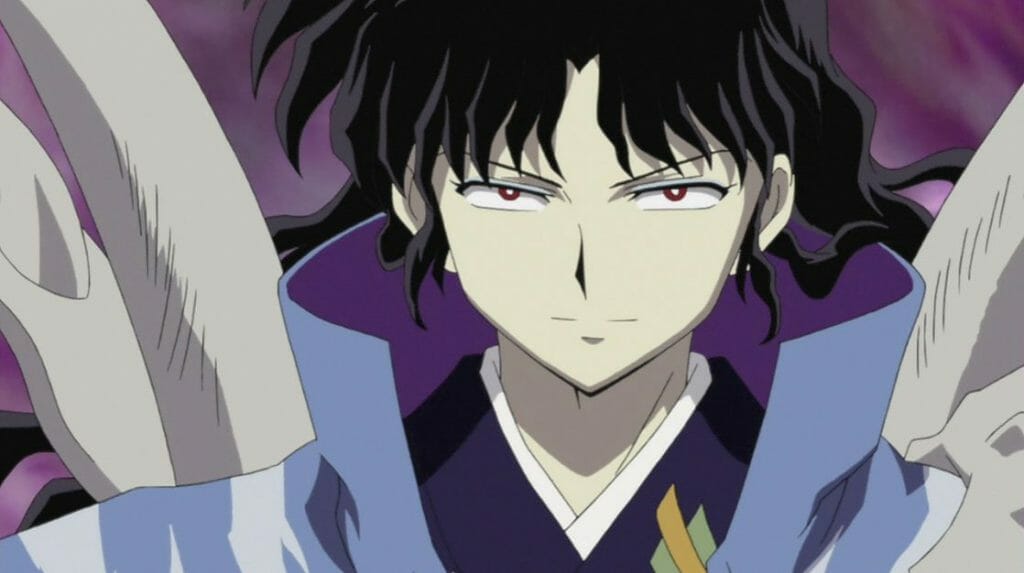
Characters like Yura and the Thunder Brothers demonstrate the villainous side of yōkai society. They are motivated by greed and a desire for more spiritual or physical power, exhibiting a willingness to kill or desecrate graves to achieve their ambitions. The main antagonist of the series, Naraku, illustrates all of these negative characteristics quite well. As the reincarnation of the bandit Onigumo, who fed his body to numerous yōkai, Naraku was responsible for fatally wounding Kikyo, albeit while disguised as Inuyasha. The fiend eventually discarded his spiritual human heart when he tried restoring his body. It was at this point that Inuyasha cut it into pieces. The physical remnants of the heart were placed in the Infant, his seventh incarnation. Despite this discarding of his humanity, Naraku is still a hanyō, a half-yōkai. His decision to distance himself from his human side marks an arrogant condescension towards his own innate humanity, as he wishes to emphasize his yōkai heritage in a vain attempt to make himself more physically powerful.
This low opinion of humans can be seen in the numerous malevolent yōkai that Kagome and Inuyasha encounter in their travels. Even Inuyasha, himself, shows anxiety over his own hanyō identity. He is the son of the powerful yōkai general Tōga and a human woman. Because of this, both the human and yōkai worlds reject the warrior, seeing him as “illegitimate” to both societies. His half-brother Sesshōmaru initially shares that sentiment, as he is a full-fledged yōkai – his mother, who goes unnamed, is an inu-type demon like Tōga. That said, even though Sesshōmaru exhibits great pride as a yōkai, he does not have the privilege of wielding the magnificent sword Tessaiga. This particular weapon was forged from one of Tōga’s own fangs by the smith Tōtōsai, who also produced the similar sword Tensaiga, which Sesshōmaru does wield.
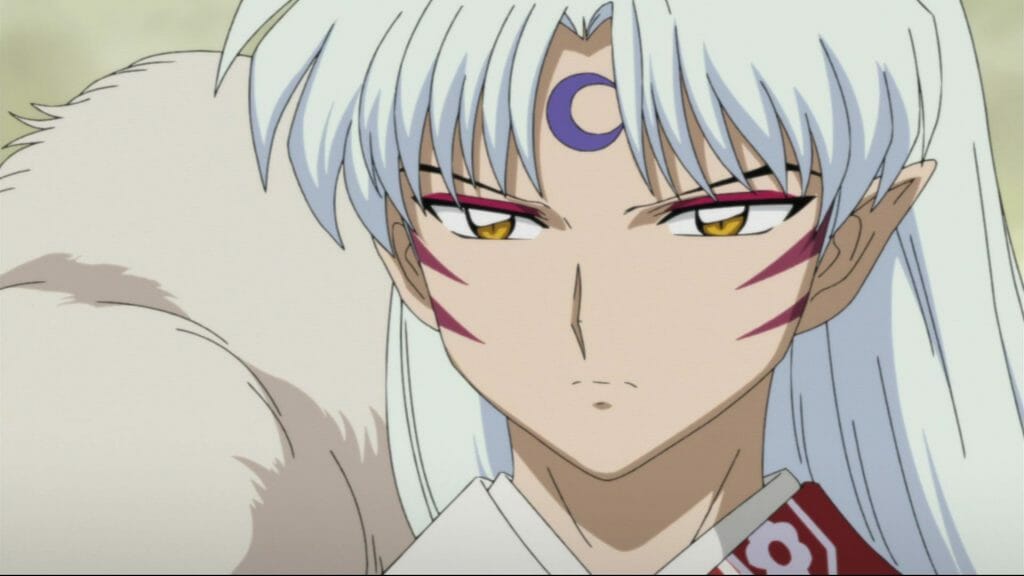
The Tensaiga has the ability to resurrect one hundred people with a single attack. Tōga bestowed this sword to Sesshōmaru as he knew of his arrogant disregard for humans, wishing him to develop compassion. Sesshōmaru eventually does exhibit compassion following the death of Kagura, who was Naraku’s second incarnation. She hated Naraku, and secretly assisted Inuyasha and Sesshōmaru in order to recover her heart, with the latter becoming romantically involved with her. Through Kagura’s death at the hands of Naraku, Sesshōmaru comes to understand the importance of an emotional bond. Namely, he realizes that love transcends societal boundaries, and he discovers this fundamental aspect through his love of Kagura.
Arrogance and a self-serving attitude are not valid replacements for compassion, empathy, and humility. The various villainous yōkai that appear throughout the series do not understand the significance of such qualities, dying at the hands of Inuyasha and Kagome as a consequence of their anger and hatred towards humans. Inuyasha, for his part, also struggled with understanding his place in the universe. Neither humans nor yōkai accepted them as being a member of either group, and he saw in the Shikon no Tama a means of becoming a full yōkai and dispensing with his human heritage. The warrior’s love for Kagome eventually leads him to realize that he loved Kikyo as well. He discovers his own emotional depth throughout the series, and he accepts his hanyō identity as a strength.
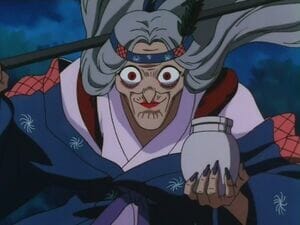
Naraku, meanwhile, demonstrated the ramifications of denying one’s own humanity. When he died, he left a legacy of intense cruelty. Other yōkai, such as the Thunder Brothers and Urasue suffered similar fates. Others, like the young spirit Mayu Ikeda, find redemption when Kagome intervenes. Through its exploration of Inuyasha and his relationship with Kagome, the manga and anime examine the nature of corruption and sacrifice, and how people can redeem themselves in the eyes of both their peers and society as a whole. Characters like Inuyasha and Sesshōmaru can achieve redemption through recognizing the significance of love for another.
Naraku exhibits the opposite side of the moral spectrum as Sesshōmaru, descending into madness and duplicity. His maniacal nature can be seen throughout the series, as he is willing to go as far as to raise people from the dead with a fragment of the Shikon no Tama in order to achieve his goals. A great example of this can be seen in episode 29, when he resurrects Sango’s dead brother Kohaku. Naraku was responsible for the destruction of the village Sango resided in, as well as the deaths of nearly all of its inhabitants. Only Sango, himself, was spared from his machinations by summoning yōkai to do his bidding and implicate Inuyasha as the responsible party.
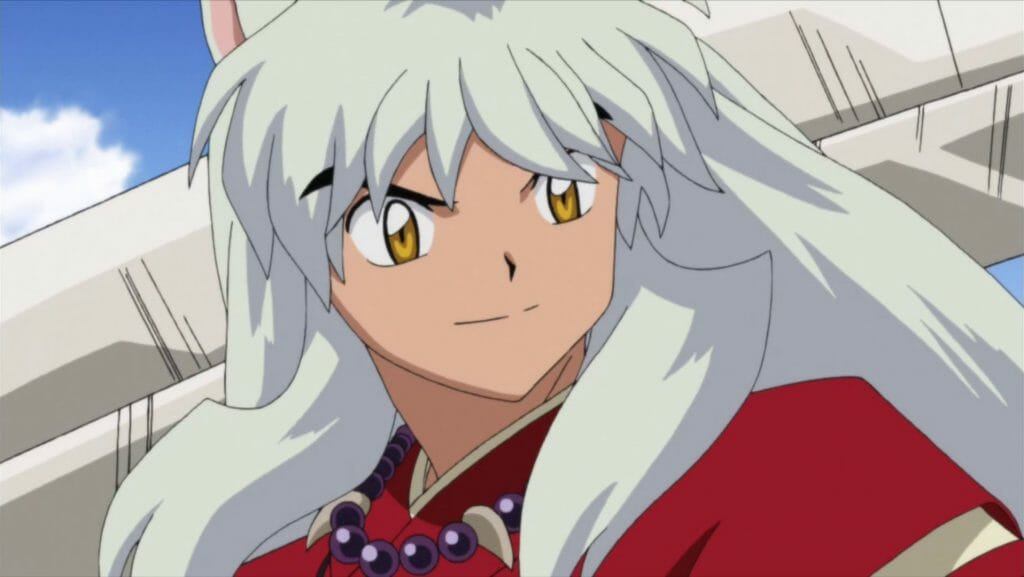
By reviving Kohaku, Naraku wishes to exploit Sango’s regrets for not protecting her village from a demon assault. Her family perished in the attack, and Naraku sees her despondence as a weakness to capitalize on for his own selfish ambitions. He has no known family history to speak of, contrasting with the revealed families of characters such as Sango, Kagome, and Inuyasha. Rather, Naraku is practically alone in the world, without anyone to provide any sort of familial or romantic connection. The only love he ever experienced was for Kikyo during his time as the bandit Onigumo, and that never materialized into anything substantial. As a result, his desire for power and control, with the Shikon no Tama as a means of fulfilling his ultimate goal of overwhelming strength, manifested into seething hatred and corruption, as he invited numerous demons to invade and consume his body.
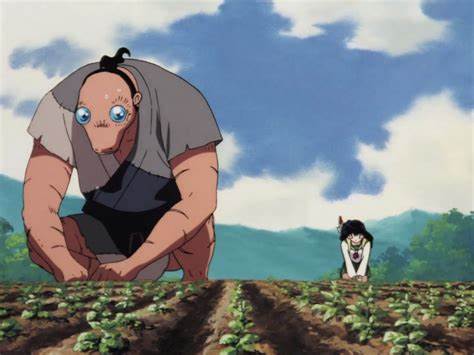
Despite the generally antagonistic and condescending perspective of many yōkai within the series, not all yōkai or hanyō exhibit the same bitterness towards humans. Some, like Inuyasha, are more resentful towards humans, but still wish to live peacefully with them. One key example of the more peaceful side of non-human society is the hanyō Jinenji, who debuts in episode 31 of the anime. His mother married a yōkai at some point, resulting in his birth. Rather than showing anger towards humans, Jinenji exhibits fear and confusion. His desire is to tend to his farm with his mother, rather than fight against people who assume he has ill intentions.
Similarly, humans can demonstrate they are not afraid of yōkai, instead desiring to be friends and promote a good relationship. Sesshōmaru discovers this himself when he saves the young girl named Rin from a group of vicious thieves, eventually accepting her as a traveling companion. By rescuing the girl and traveling through Japan with her, Sesshōmaru realizes that humans can show genuine kindness towards yōkai. And, though untold years of antagonism between the two societies resulted in the two becoming enemies, that does not have to remain true.


